Hornsluis Lutje Schardam
Just above the village of Schardam is the Hornsluis, also called the Beemstersluis because for centuries the lock was under the management of the Beemsterpolder. The name "horn" is an old word meaning corner: just beyond the lock two dikes, the Klamdijk and the Schardammer Keukendijk join at a sharp angle, or "horn. Nearby in earlier times was a hamlet called Lutje Schardam, or 'Klein Schardam' in West Frisian.

The lock came about as part of the water works required when the Beemster Lake was drained in the years 1608-1612. As a result, the so-called Schermerboezem lost 7,200 hectares of water storage capacity. The administrator of the polder, the Hoogheemraadschap van de Uitwaterende Sluizen, therefore demanded that the Beemster construct a new drainage from the Schermeer at Ursem to Avenhorn and further along Oudendijk to the Zuiderzee at Lutje Schardam. The drainage was called Nieuwe Vaart in the 1630s, but was given other names over time.
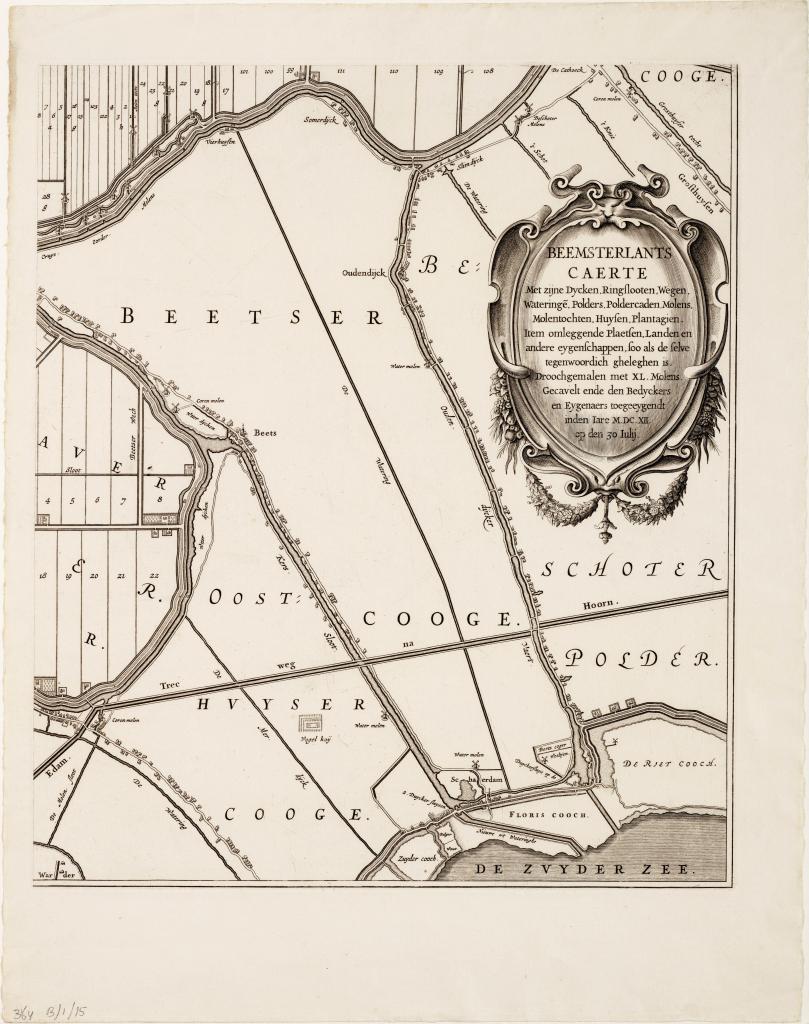
Where the Vaart emerged into the Zuiderzee, a sluice was built in the seawall, which spouted excess polder water at low tide. The Beemster remained in charge of the lock. A lockkeeper lived next door, and a hamlet was also created on the Klamdijk, so Lutje Schardam became somewhat less "lutje. In 1638 it consisted of six buildings with some trees around them, sandwiched between the dike and the Nieuwe Vaart. At the beginning of the 18th century the hamlet already disappeared, possibly because of the dike improvements needed after heavy storm surges.
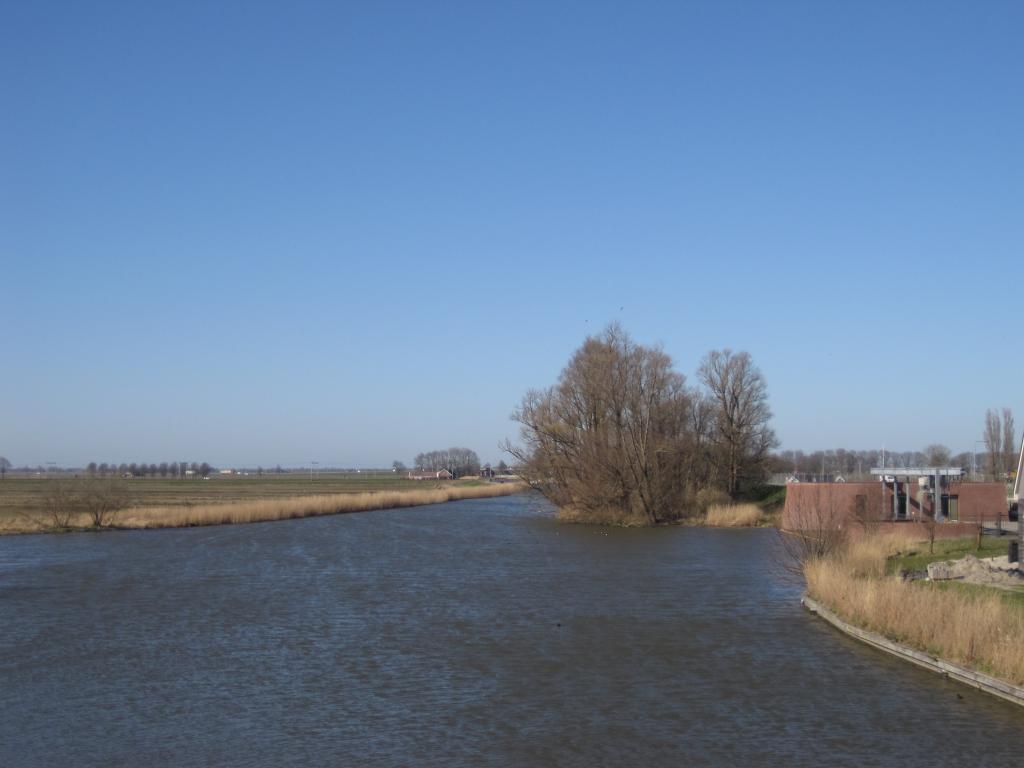
The lock was made of wood, like many locks at that time. Around the year 1730, however, the bollworm, a borer mussel that could occur anywhere, became a major threat. Indeed, after a few dry summers, the Zuiderzee had salinated considerably, and the salt-loving bollworm could also reach the Hornsluis. In the summer of 1734, the dike reeve and the heemraden had to observe on the spot that the wooden lock was very much affected by the "see worm.

The polder board decided to build a brick lock, and to embellish it with fine sculpture. The stone and sculptor Thomas del Ferrier (1676-1755), an Antwerp immigrant who had lived in Amsterdam at least since 1701, was commissioned for two memorial stones. One stone shows "Beemsterlandts wapen," a cow in a meadow - a reference to the prosperity that dairy cattle brought to Beemster farmers.

On the other side is a stone with a collection of nine motley coats of arms, of the dike grave, the seven heemraden and the polder secretary. Their names show that they were all townsmen, from Amsterdam, Edam, Hoorn and Purmerend. The Beemster at this time was still dotted with beautiful country houses of wealthy city dwellers, such as Vredenburgh of the wealthy dike grave Dirk Alewijn (1682-1742) from Amsterdam. The city then ruled the Beemster countryside.
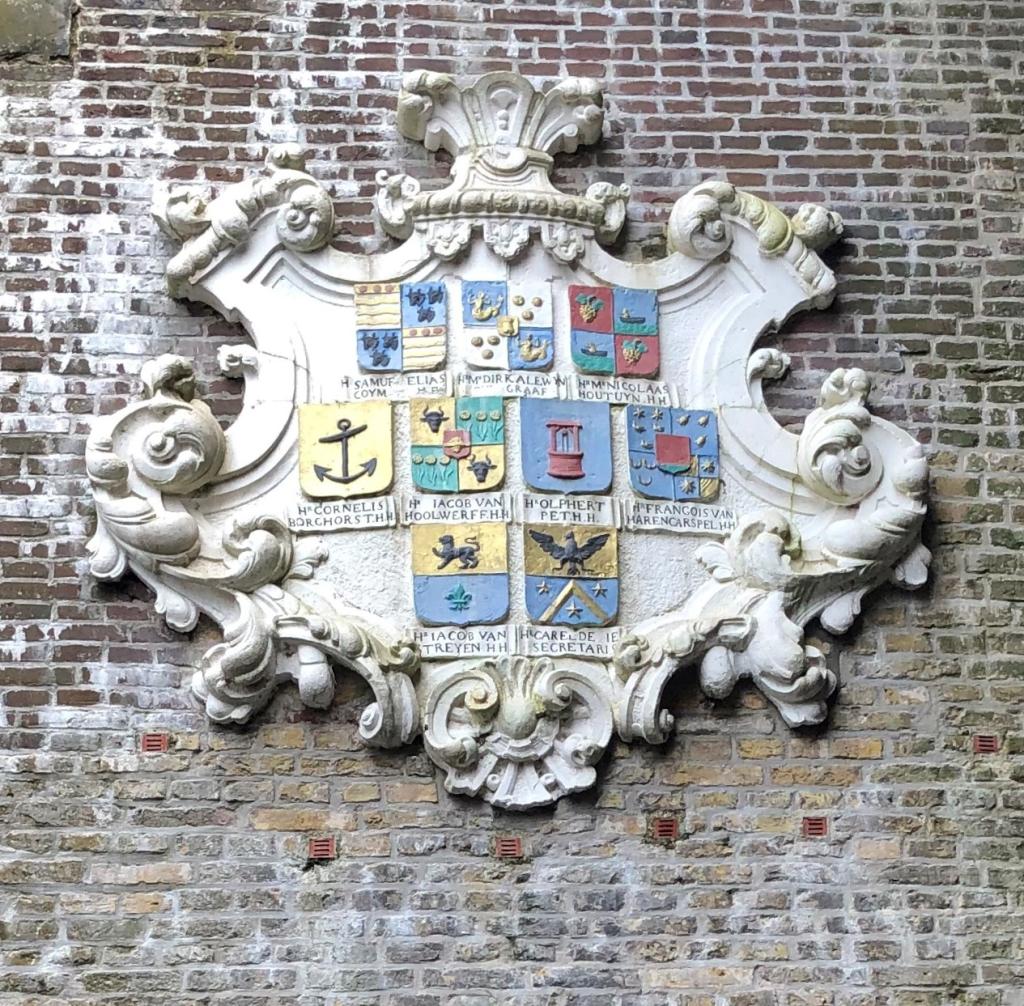
On July 6, 1735, the foundation stone was laid by two sons of prominent polder administrators. Jacob Alewijn (1725-1757) was a son of the dike grave; Jan Pet (1728-?) was a son of heemraad Olphert Pet (1707-1766), who was also mayor of Purmerend. A silver trowel was ordered for both boys. Jacob's trowel has been preserved. The trowels were the work of Amsterdam silversmith Jan Willem Vastenouw (1700-1763), from Zwolle. In addition to an inscription, the coat of arms of the Beemster was engraved on them.
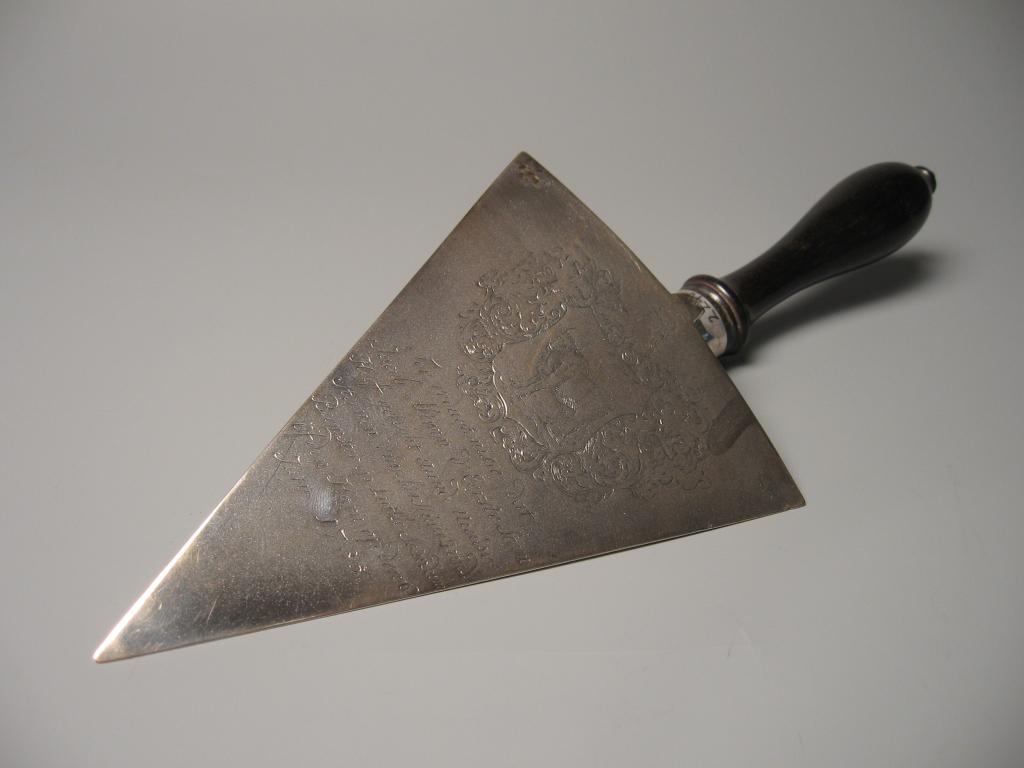
The Hornsluis was designed by Evert Brant, master carpenter in Oostzaandam. The cost was over 34,000 guilders but it was well worth it. The original iron fence of the bridge over the lock still stands today, and when the dikes and locks had to be raised after the flood disaster of 1916, the Hornsluis did not have to be. After centuries of being owned by the Beemster Polder, the lock was transferred to the Water Board of the Uitwaterende Sluizen in 1941. In 1994, the lock was automated and the house next door was sold to the daughter of the last lockkeeper. Still today, however, the Hornsluis fulfills its task.
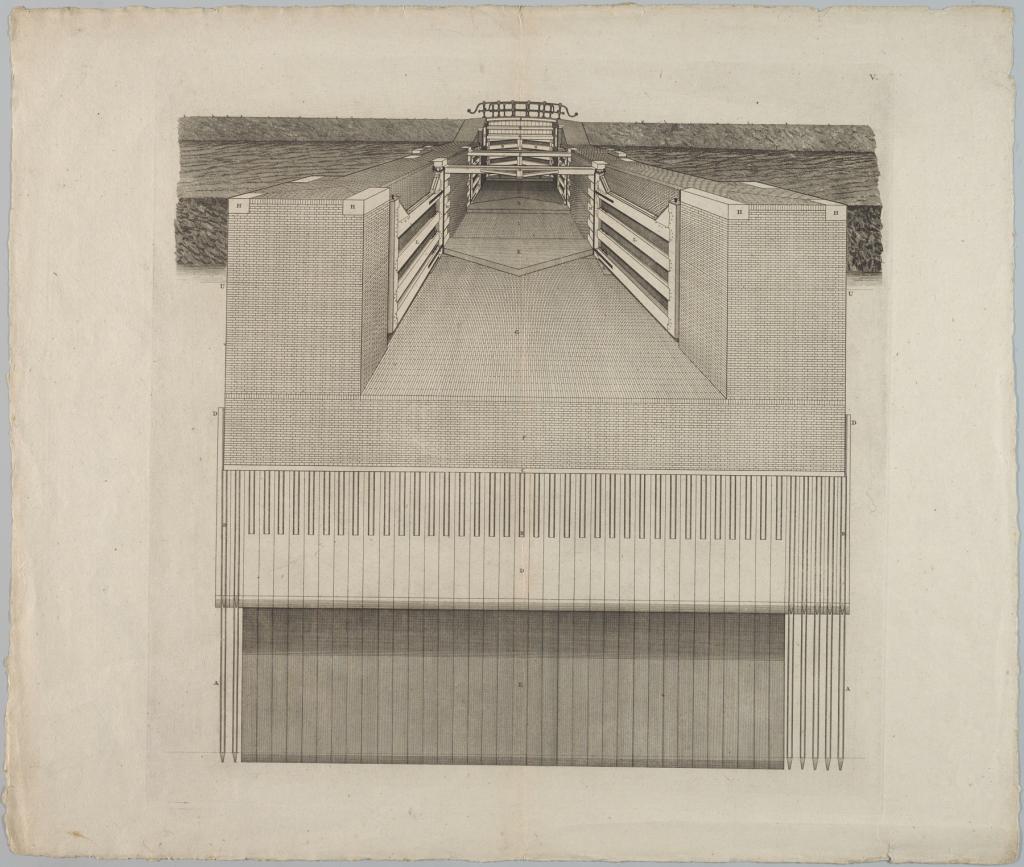
In 2021-2022, the Hornsluis was modified with a new slide consisting of two parts. This allows the lock to be closed partially or completely. This allows the lock to hold back high water when the situation calls for it. At the same time, the function of letting water in or out is maintained.
Additional
- Hornsluis is on the walking route of the third leg of the Zuiderzee Trail.
- Also, those cycling the Zuiderzeeoute will pass over the Hornsluis, in the Amsterdam-Hoorn route.